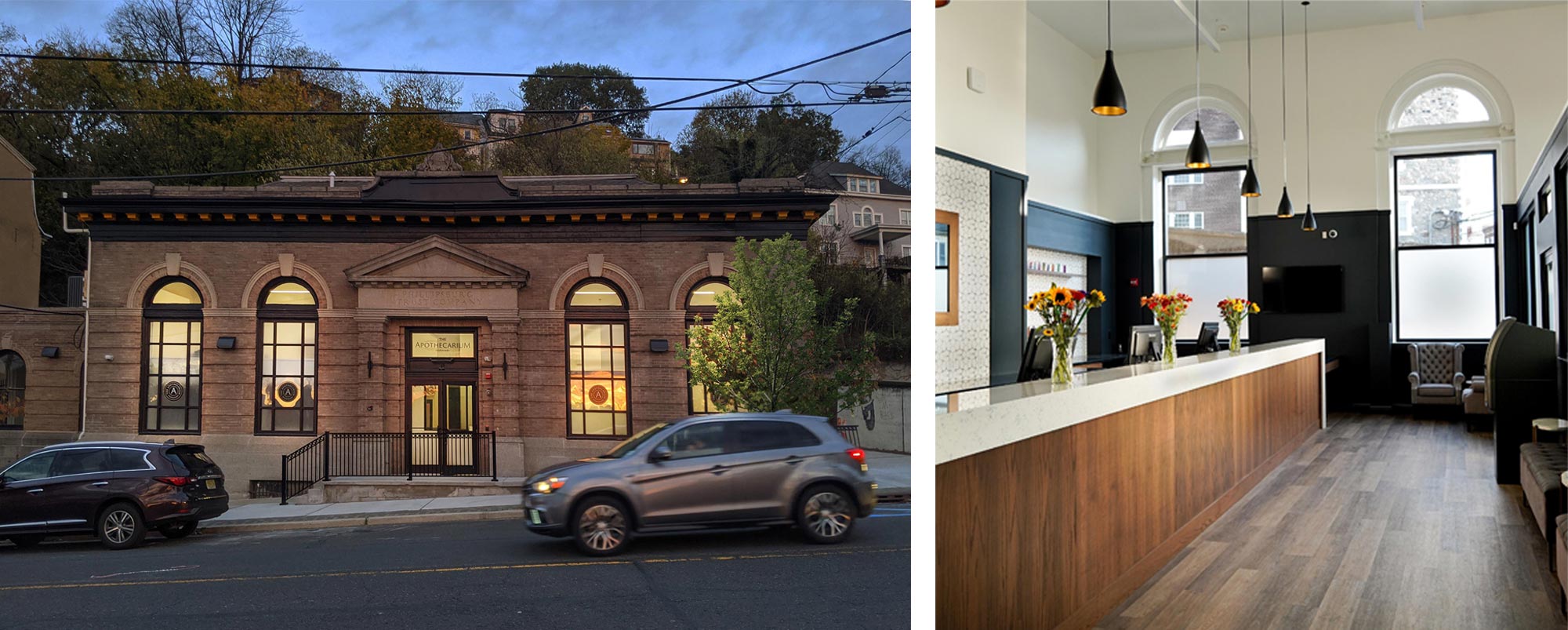Retail is changing. The impact of the disappearing titans – big box and department stores – is leaving a tremendous void in physical space. These voids are also adversely impacting the perception of the communities where retail once flourished. The COVID pandemic has only accelerated this change. Whereas online shopping and Amazon delivery trucks have seen exponential growth, America’s malls continue to lose anchor tenants. A once popular department store leaves a two-story, 80,000-square-foot building abandoned. An old storefront on Main Street is rendered unviable. A once bustling car dealership is left to rust away.
Do these remnants signal the end of traditional retail as we know it? Or perhaps the future of healthcare? In this article Project Manager, Nick Price, shares the major considerations, benefits, and challenges of a retail-to-healthcare conversion for both the healthcare system and the local community.
Why consider it?
There may be a major economic benefit for both developers and healthcare systems. Repurposing former retail spaces can cost as much as 30 percent less than building new, according to Certified Commercial Investment Member (CCIM Institute). Reusing an existing building requires less of an investment in site study (lot permeability analysis, lot coverage, site disturbance, EPA regulations, or even zoning variances) and the infrastructure (ie. parking, location recognition, signage, utilities, and community connections) are already in place. These are major economic drivers for any developer, prospective tenant, or healthcare system looking at empty retail space as a viable project site. Speed to market is key!
Additionally, two new demands are putting pressure on healthcare systems. First, there is significant uncertainty surrounding provider reimbursements in the future, but the general consensus is that reimbursement is declining. Second, patient experience expectations are rising. These two major factors are changing the healthcare real estate landscape from larger, centralized facilities to smaller, local centers where higher volume or higher reimbursable procedures can be done. This creates a greater return on investment (ROI) and the convenient location greatly improves patient experience. Existing retail spaces are exceptional at meeting both of these demands.
So, what’s the hold up?
Well, two large challenges of big box infrastructure are that a significant amount of vision is required to see potential and flexibility is necessary to leverage the existing conditions. When transforming a big-box space into a new outpatient facility, for example, a deterrent might be the lack of windows and natural light, adverse in many ways to current healthcare trends. Many times, a major redesign – rethinking both interior and exterior components – is required. While issues such as understanding entry, flow, program, loading, exterior envelope, and balancing future flexibility with current needs are critical, it’s often the mechanical, life safety, and structural concerns that can cause a potential healthcare tenant to turn away. A forward-looking view is required to see past the initial obstacles to the overall, long-term savings.
Even then, only some healthcare functions would realize the advantages. The adaptive reuse of empty retail space more easily converts to functions requiring less infrastructure upgrades – ultimately using the speed-to-market advantage more efficiently – such as outpatient facilities, ambulatory surgery centers (ASCs), dermatology, behavioral health, urgent care, and physical/occupational therapy uses. Project types with longer ROIs are those requiring considerable exterior upgrades to maximize daylighting and view, structural modification to support heavy equipment loads, and HVAC upgrades for increased ventilation – such as imaging centers, compounding pharmacies, and oncology services.
When our client, Capital Health, was looking to open a new outpatient facility, they seized an opportunity to put roots down in a community with an existing retail center vacancy – parking existed, street signage was already in place, and the variety of businesses made this location ideal for a healthcare component. Some infrastructure did need to be updated – new plumbing for exam room sinks and an upgraded sprinkler system – and some did not – the existing rooftop HVAC units, for example, which proved to be a major savings. When analyzed, this location proved to be a smart investment, not only filling a retail void, but increasing the catchment for the healthcare system.
Good for the healthcare system. Good for the community.
While retail is shrinking its physical presence, healthcare clients are realizing that the traditional, large-scale healthcare campus is not the only option to provide comprehensive services for a particular catchment area. There is major growth potential in distributing locations and establishing themselves within communities. An important factor in doing this is brand extension. The community gains a well-known and quality partner to provide healthcare services right down the street, eliminating the need to hustle to an urban center for a simple check-up. Developers and healthcare providers gain brand awareness and increased market share.
For The Apothecarium locations in Pennsylvania – a prominent healthcare brand of medical cannabis dispensaries – major drivers in their regional growth plans included location visibility, repurposing existing infrastructure, and market share growth. By infilling voids left by retail components, their new locations allow them to stay “in the neighborhood”. Because of their investment in exterior facelifts, higher end interior finishes, and unique services, a dramatic increase in foot traffic to these strip mall locales has been generated where it did not exist previously. This has led to a residual economic bump felt by their retail neighbors and has bolstered additional development in the center. These ‘healthcare villages’ – mixed-use settings anchored by a healthcare provider – are highly desired for the convenience offered in allowing patients access to alternative activities and services before or after a medical visit. You can sit in a café while awaiting results from a diagnostic test or conveniently drop off your car for inspection before heading in for a physical.


